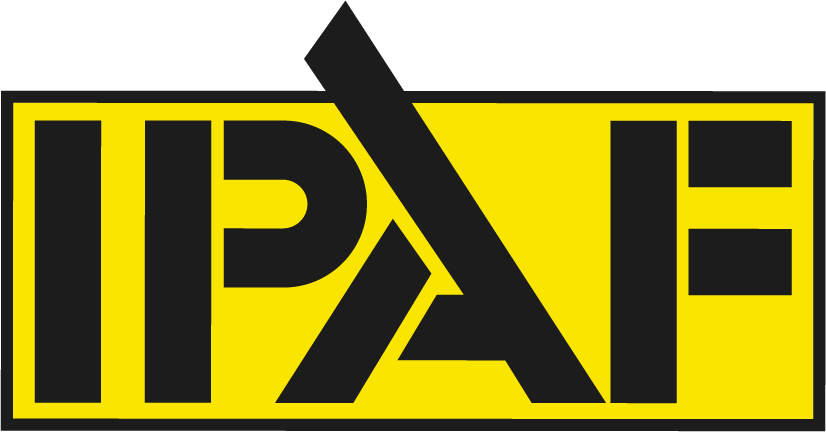Working at height remains the biggest single cause of accidents and fatalities in the workplace, but things are improving year on year thanks to the excellent training programmes accredited by PASMA and IPAF and provided by dedicated training providers across the country. Working at height requires consistent practice and adherence to a wide range of protocols including being able to read the environmental conditions, which type of machinery is suited to each job and what PPE is necessary as well as understanding that working at height should always be undertaken only when necessary. Risk assessment, good practice, training and well-maintained, appropriate equipment are all equally vital in safe working at height.
Risk Assessment
The work that goes into making working at height safe begins before a single machine enters the site. A full site assessment should be carried out and reassessment made on the day in line with any shift in conditions as to which machines are most appropriate, where they should be placed and how they should be put to use. Considerations should be made with regard to:
- The height at which work will be carried out and from which a fall could occur
- Risk of falling objects
- Environmental conditions
- Risks associated with the machinery
Training
It is imperative that all involved in working from height, be they construction workers or managers in charge of delegating and planning are all fully trained. The range of courses available with Eagle Platforms is comprehensive, covering MEWPs (Mobile Elevating Work Platforms) for managers and operators and many more specific and advanced courses that encourage safe and efficient practice. Check out our Telehandler training, IPAF training and PASMA training courses.
Injury prevention
Prevention is better than cure and the above will all help in ensuring that the risk of injury is minimized. The correct use of PPE should be enforced and appropriate clothing worn. Guard rails and adequate working platforms can help in certain situations and MEWPs should always be stable and situated on suitable terrain as close to the task at hand as possible.



